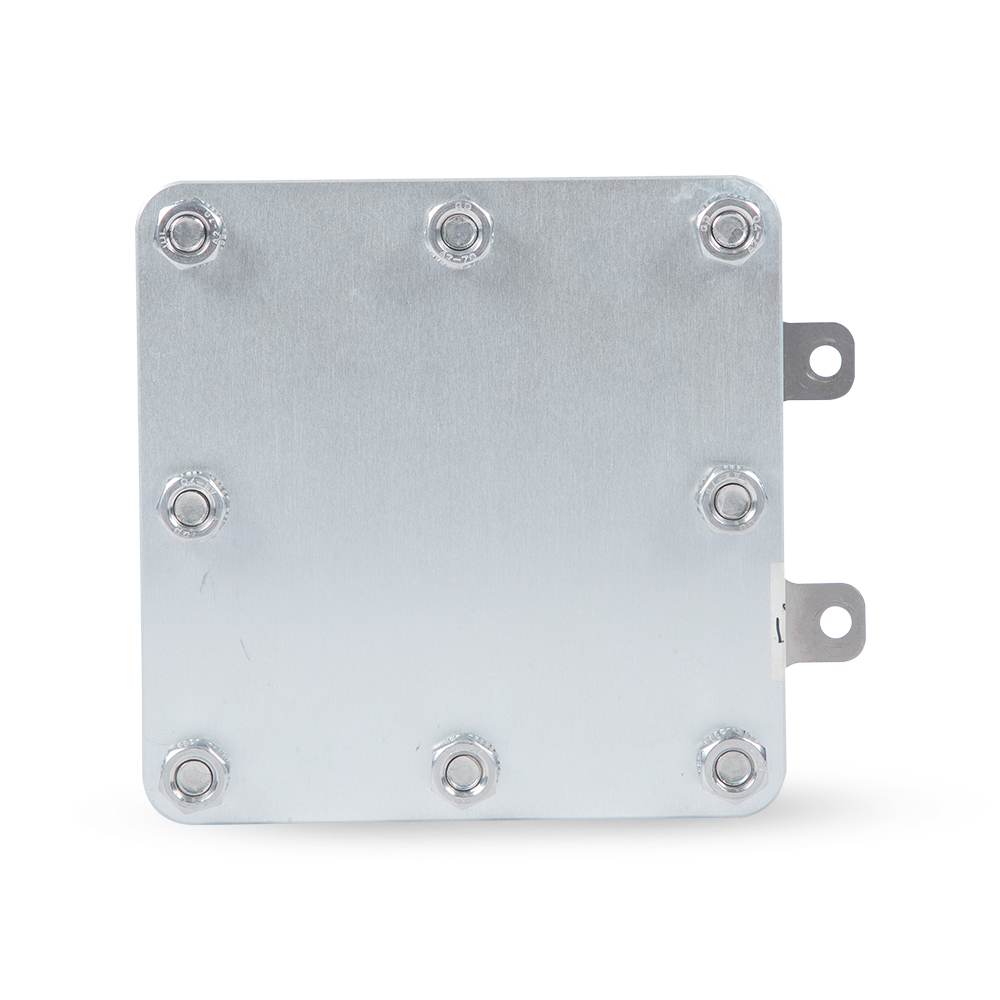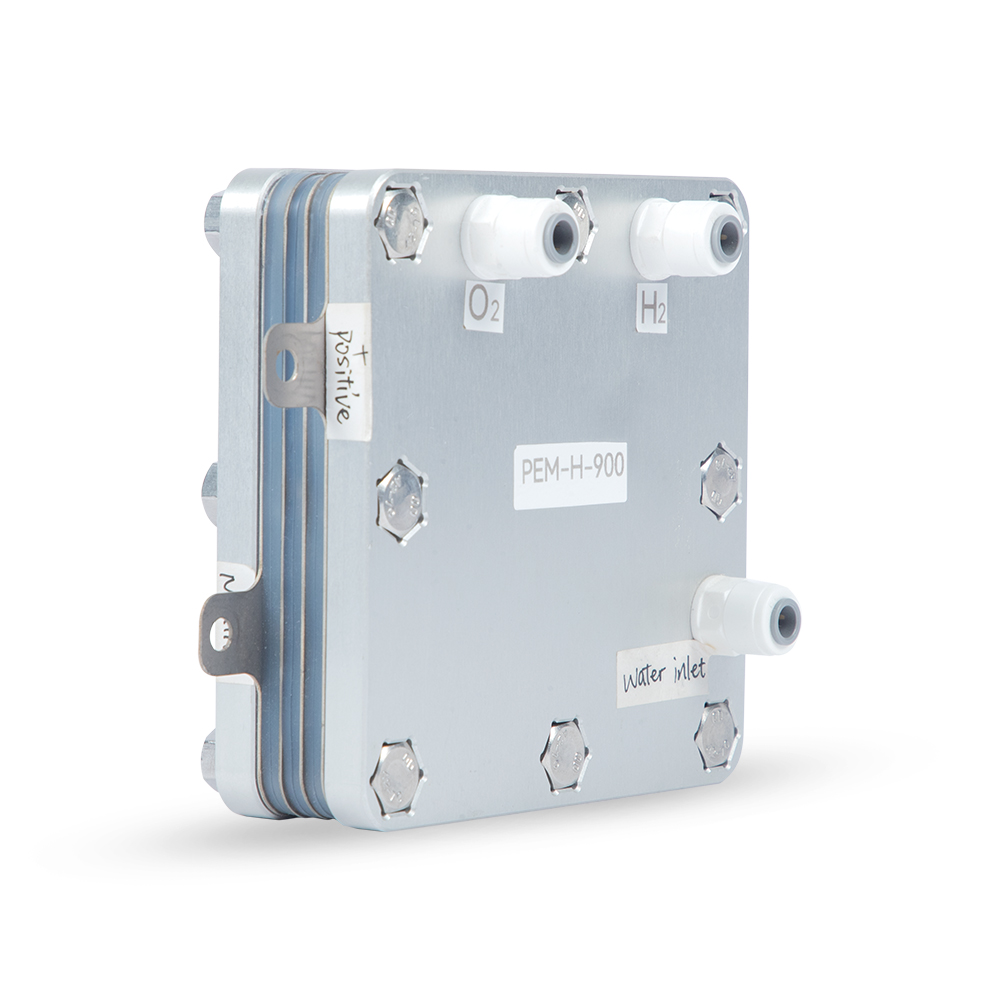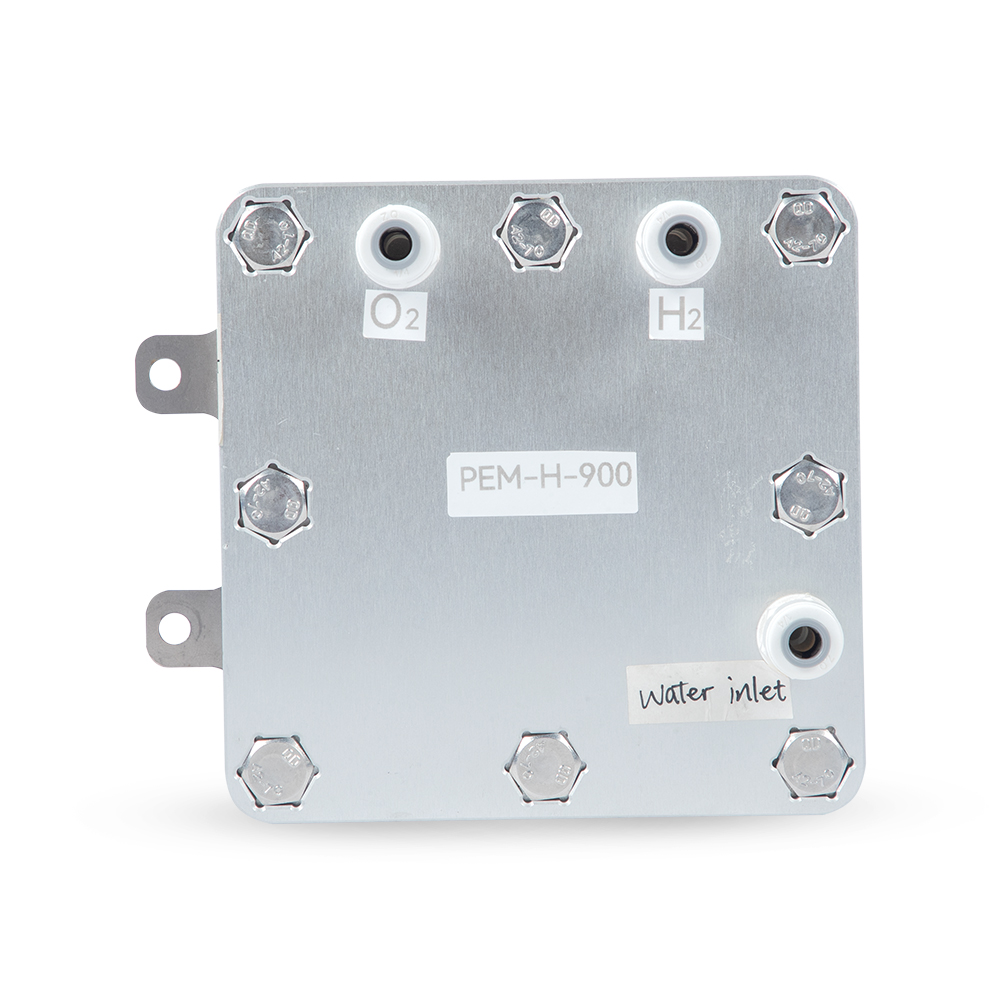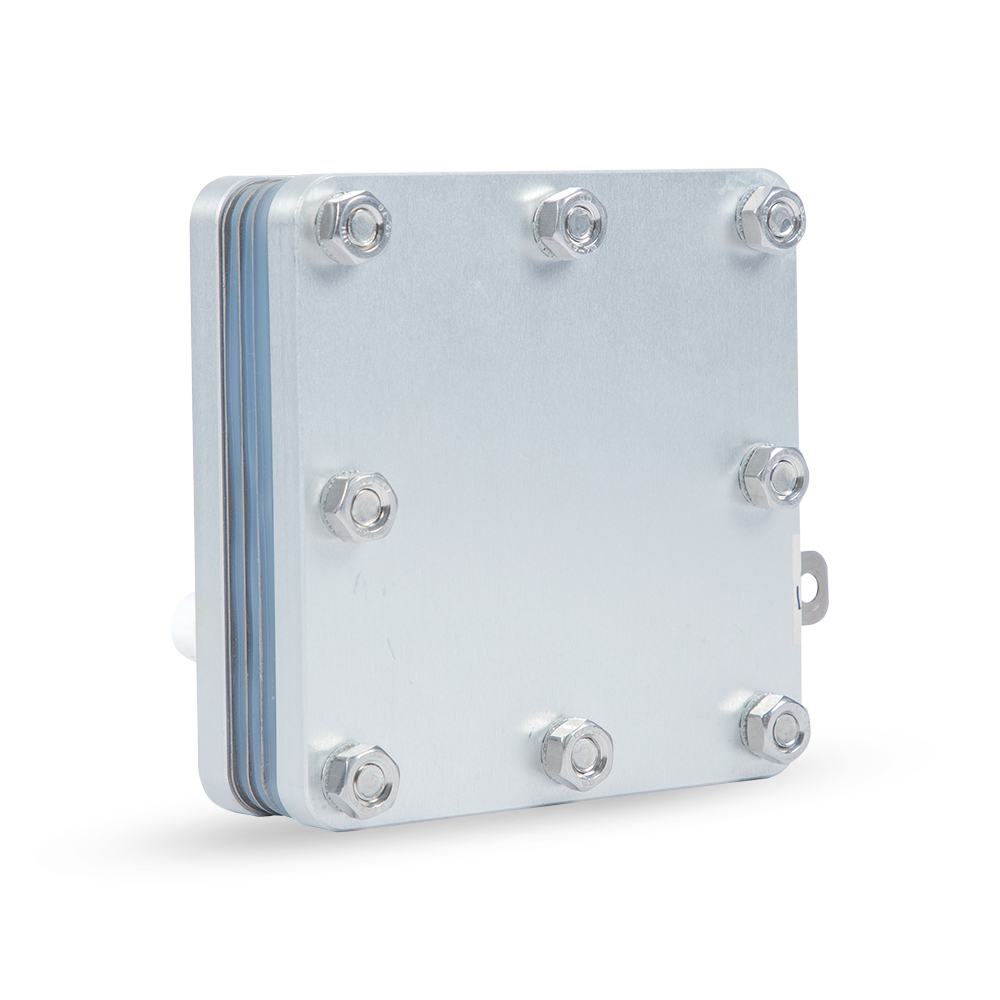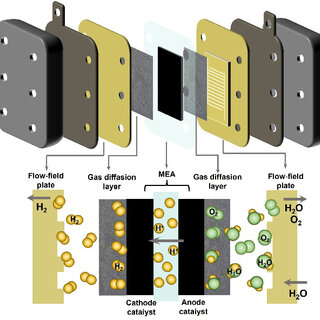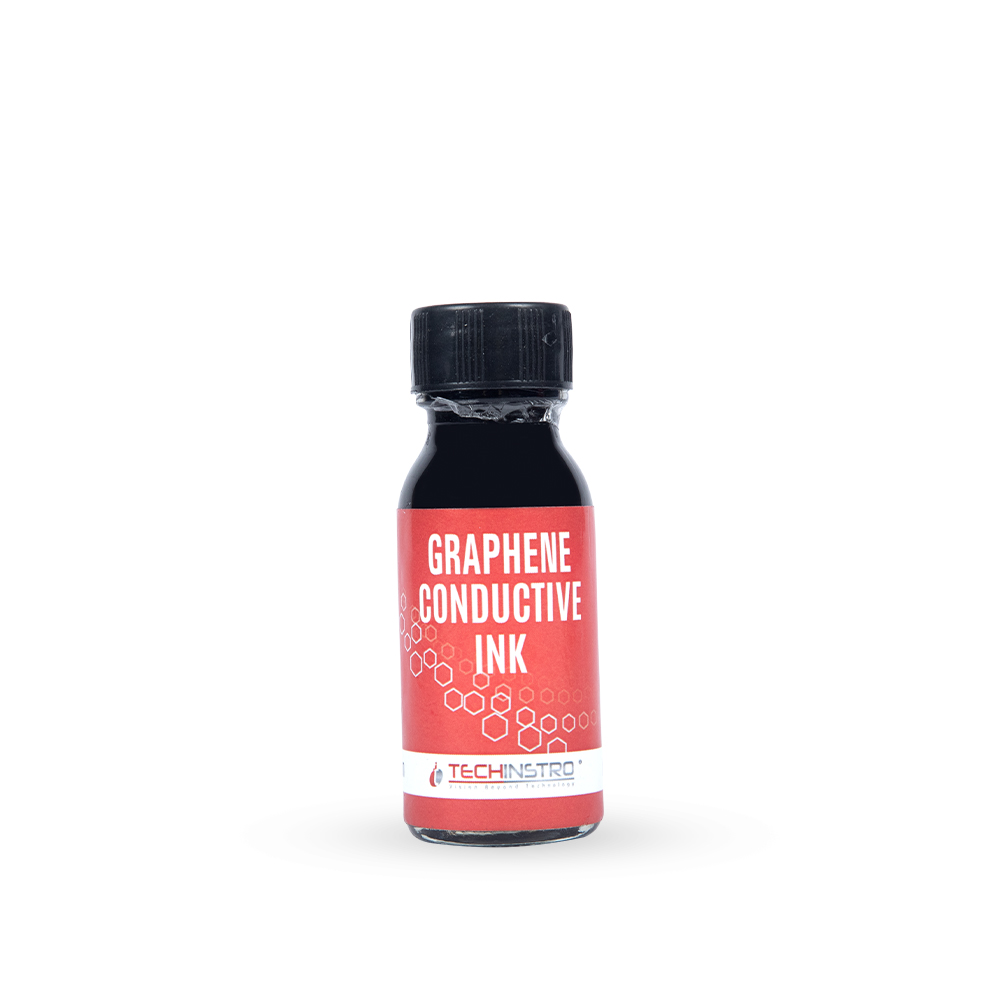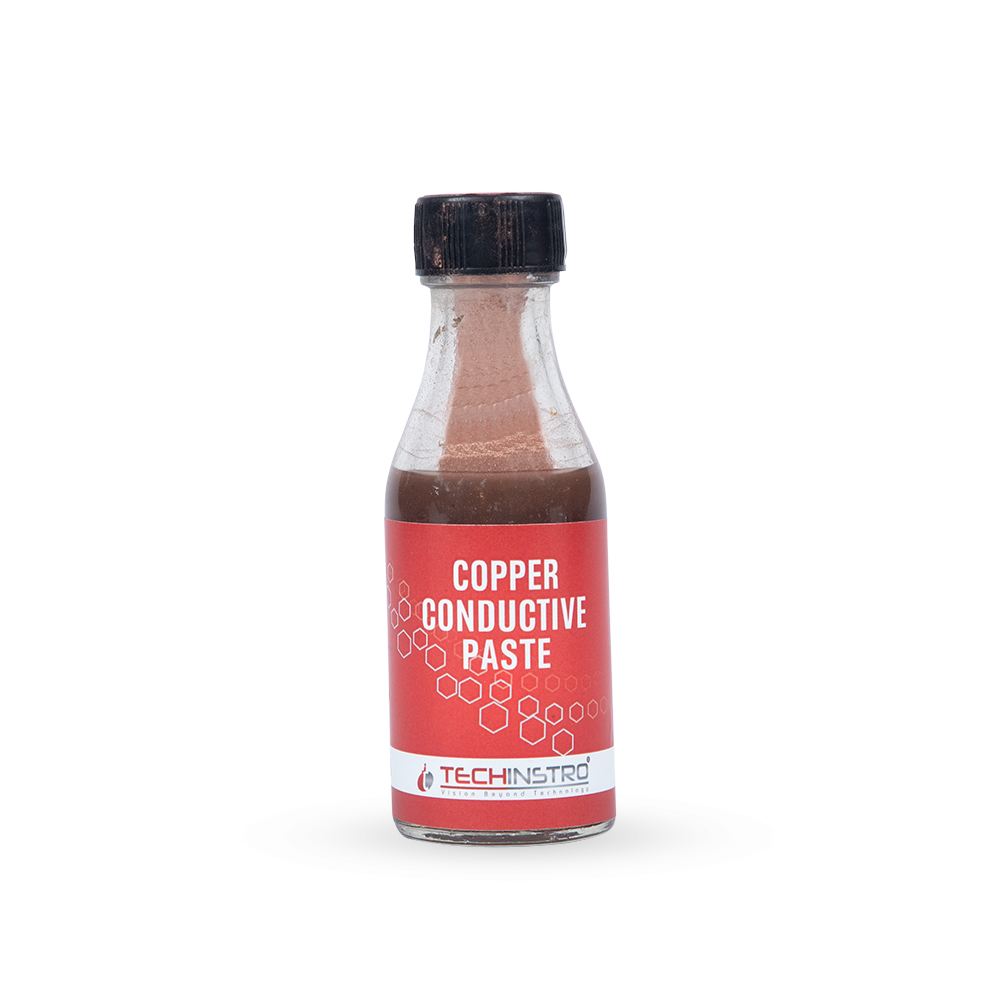PEM Electrolyzers
PEM Electrolyzers
Introduction to PEM Electrolyzers
Understanding the Role and Functionality of PEM Electrolyzers in Hydrogen Production
Definition of PEM Electrolyzers
Proton Exchange Membrane (PEM) electrolyzers are essential technology for producing hydrogen efficiently and sustainably.
Functionality
These systems utilize electrical energy to facilitate the electrolysis process, splitting water into hydrogen and oxygen gases.
Role of PEM
The PEM acts as both a separator and an electrolyte, allowing protons to pass while blocking gases, ensuring efficient hydrogen generation.
High Efficiency
PEM electrolyzers are known for their high efficiency rates, maximizing hydrogen output from the input energy provided.
Rapid Response Times
These systems can quickly adjust their output in response to fluctuations in energy supply, making them ideal for renewable energy integration.
Importance in Renewable Energy
Integrating PEM electrolyzers with renewable energy sources is crucial for achieving a sustainable energy future and reducing carbon emissions.
Contribution to Green Energy Systems
By producing green hydrogen, PEM electrolyzers contribute significantly to the transition towards cleaner energy systems and fuel sources.
PEM Electrolyzers
Key Materials in PEM Electrolyzers
Overview of critical components
Electrodes
Electrodes are typically made from precious metals like platinum, which are critial for facilitating the electrode reactions necessary for efficient hydrogen production.
Electrolyte Membranes
These Membranes are usually composed of a proton-conductive polymer. They play a vital role in separating gases while enabling the conduction of protons, ensuring the electrolyzer functions effectively.
Catalysts
Catalysts enhance the reaction rates in the electrolyzer. Often made from rare and expensive materials, they are essential for optimizing performance and efficiency.
Bipolar Plates
Bipolar Plates are crucial for conducting electrical current and managing heat and gas flow. The choice of robust and conductive materials is essential for the durabilty and efficiency of the electrolyzer.
Electrode Materials
Current Status of Electrode Materials
Overview of Challenges and Research Directions
Introduction to Electrode Materials
Electrode materials play a crucial role in the function of Proton Exchange Membrane (PEM) electrolyzers, facilitating the conversion of electricity to hydrogen.
Importance of Platinum
Platinum is the primary choice for electrode materials due to its exceptional catalytic efficiency, essential for optimal electrolyzer performance.
Challenges with Platinum
Despite its advantages, platinum’s high cost and limited availability create significant barriers for widespread use in hydrogen production.
Research Focus: Reducing Platinum Loading
Current research aims to minimize the amount of platinum used in electrodes, seeking to maintain efficiency while decreasing costs.
Exploring Alternative Materials
Researchers are investigating platinum alloys and non-precious metal catalysts as viable alternatives to improve performance and reduce costs.
Goals of Current Research
The overarching goal is to enhance the performance of electrolyzers while minimizing the use of expensive and scarce materials.
Proton conductive
Electrolyte membranes must facilitate efficient proton transport to enhance performance in PEM electrolyzers.
Catalyst Overview
Catalyst Materials Overview
Understanding the Role and Development of Catalyst Materials in PEM Electrolyzers
Importance of Catalysts
Catalysts play a pivotal role in enhancing the efficiency of electrochemical reactions in PEM electrolyzers, optimizing energy conversion.
Current Materials
Platinum and iridium oxides are the preferred catalysts due to their exceptional activity and stability under operational conditions.
Goals of Research
The primary objective is to reduce material costs while ensuring that the efficiency and stability of the catalysts remain competitive with current options.
Research into Alternatives
Researchers are investigating earth-abundant materials such as nickel and iron to create costeffective catalysts without compromising performance.
Challenges Faced
Despite their effectiveness, the high cost and limited supply of platinum and iridium present significant barriers to widespread adoption.
Bipolar Plates
Bipolar Plates and Their Importance
Key Components in PEM Electrolyzer Efficiency and Cost Management
Definition of Bipolar Plates
Bipolar plates are crucial components in PEM electrolyzers, facilitating electrical currents while managing heat and mass transfer.
Impact on Efficiency
These plates significantly affect the efficiency of PEM electrolyzers, influencing overall energy consumption and performance.
Cost Considerations
The choice of materials for bipolar plates directly impacts the manufacturing costs of PEM electrolyzers.
Traditional Materials: Graphite
Historically, bipolar plates have been made from graphite, which presents challenges such as high weight and costly machining processes.
Emerging Alternatives: Metals
Research is focusing on using metal-based alternatives like stainless steel and titanium, which may reduce costs and enhance durability.
Advantages of Metal Plates
Metal bipolar plates offer potential benefits including lower weight, improved strength, and enhanced resistance to corrosion.
Material Lifespan
Material Durability and Lifespan
Understanding the Factors Influencing Material Longevity in PEM Electrolyzers

Importance of Material Durability
Material durability is essential for the efficient operation of PEM electrolyzers, directly impacting their longevity and reliability in hydrogen production.
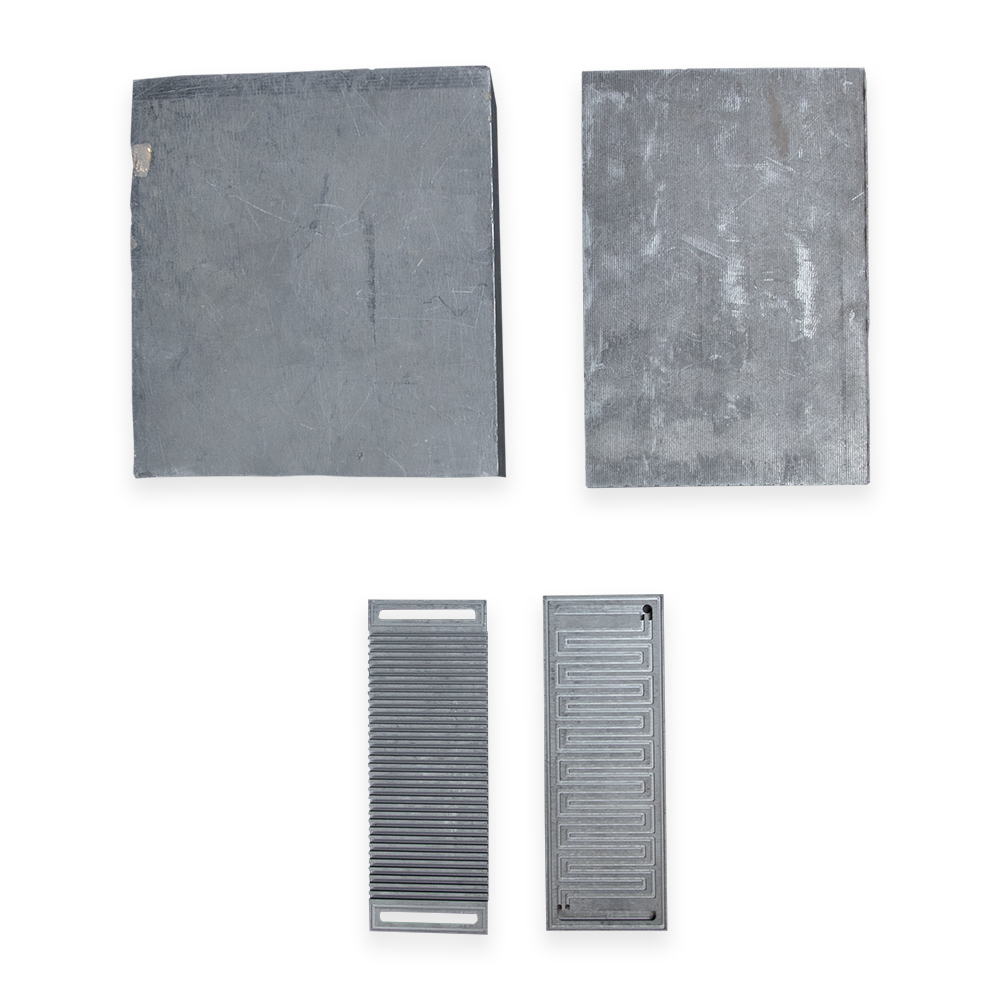
Operational Conditions Affecting Durability
Factors such as temperature extremes, high pressure, and exposure to corrosive chemicals contribute to the degradation of materials used in electrolyzers.

strategies for enhancing durability
Implementing protective coatings, utilizing advanced material compositions, and adhering to optimized operational protocols can significantly improve the lifespan of electrolyzer components.
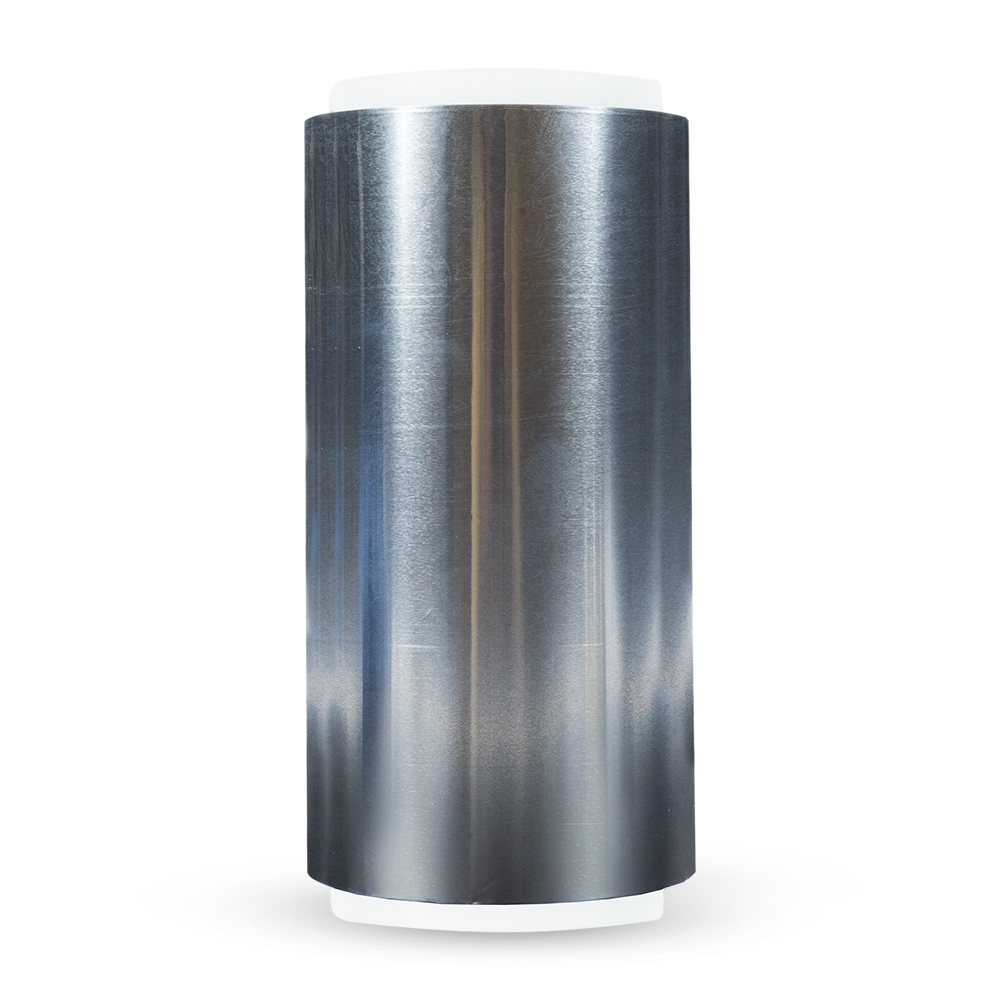
Benefits of Enhanced Durability
Improved material durability leads to lower operational costs and enhances the economic viability of hydrogen production, making it a sustainable energy solution.
Material Selection Criteria
Evaluation Criteria for Material Selection
Key Factors for PEM Electrolyzers

Cost
Materials must be economically viable for large-scale production to ensure affordability and accessibility in the market.
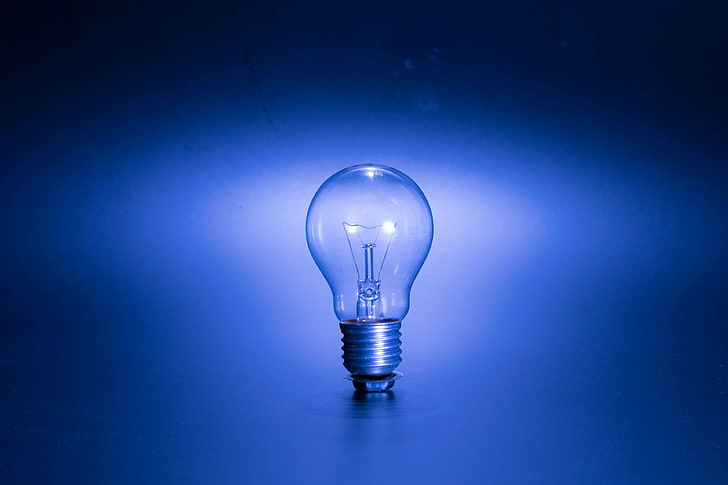
Efficiency
High performance is essential in materials to minimize energy consumption, directly affecting the overall efficiency of PEM electrolyzers.

Durability
Materials need to withstand operational stresses and have extended lifespans to reduce maintenance costs and enhance reliability.

Scalability
The availability of materials in sufficient quantities is crucial for widespread adoption and mass production of PEM electerolyzers.
Electrode Innovations
Innovations in Electrode Materials
Recent advancements aimed at cost reduction and performance enhancement

Platinum Alloys
These alloys enhance catalytic activity while significantly reducing the amount of platinum needed, thus lowering costs.
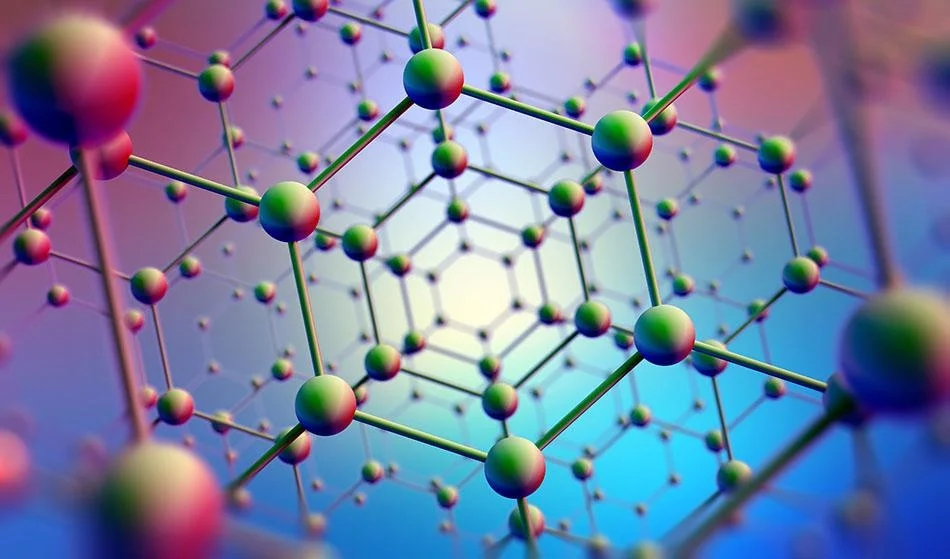
Nanostructured Materials
Utilizing nanostructured materials increases the surface area available for reactions, improving catalytic efficiecy and overall performance.
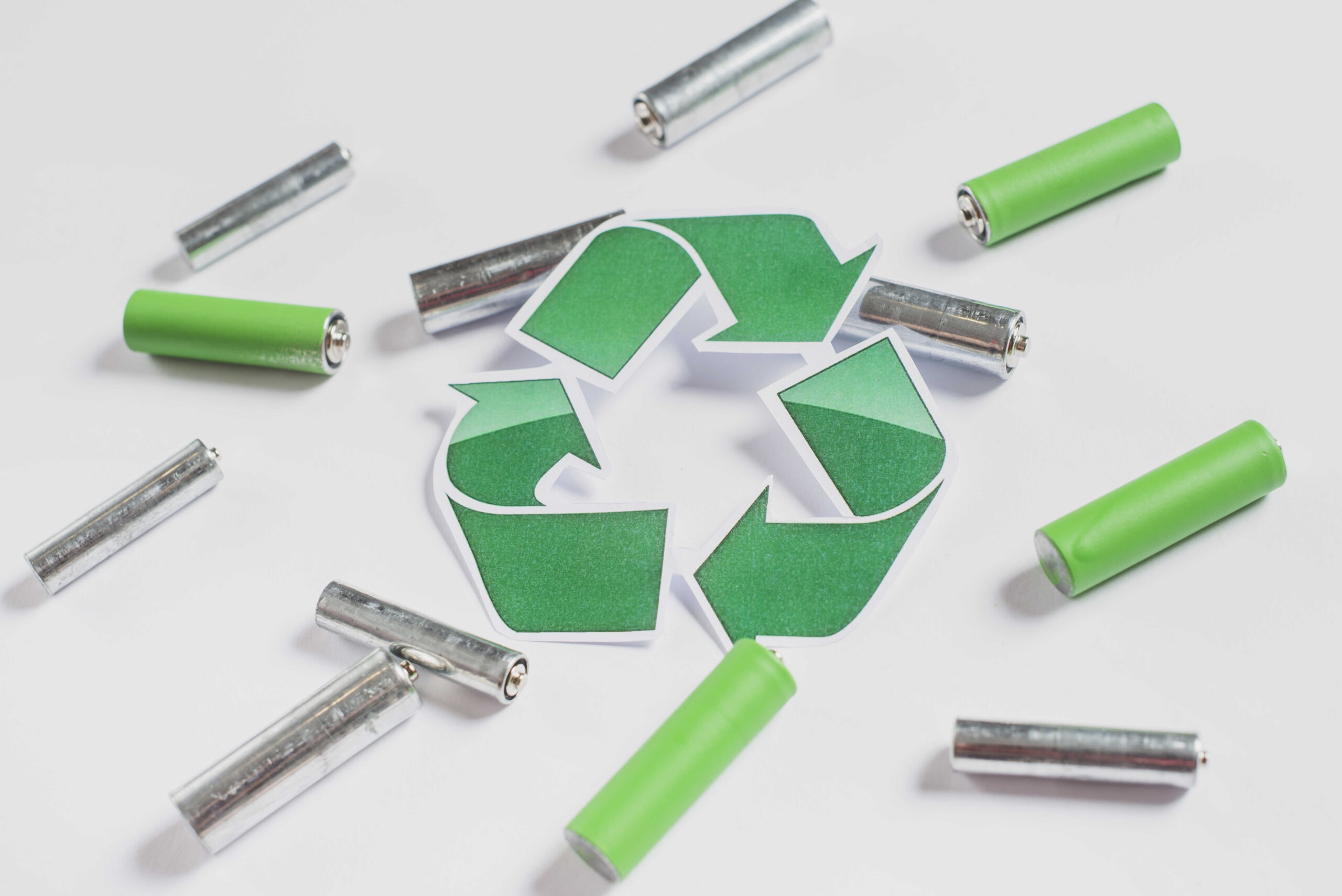
Hybrid Materials
These materials combine metals with carbon-bassed supports to enhance conductivity and durability, making them more effective in applications.
Membrane Innovations
Advancements in Membrane Technologies
Key Innovations for PEM Electrolyzers
Composite Membranes
These membranes combine various materials to significantly enhance their conductivity and durability, which is essential for efficient electrolyzer performance
Hydrocarbon-based Membranes
Utilizing hydrocarbon materials, these membranes present opportunities for cost reductions while also offering notable environmental advantages.
High-temperature Membranes
These membranes facilitate operation at higher temperatures, leading to greater efficiency in hydrogen production processes.
Catalyst Innovations
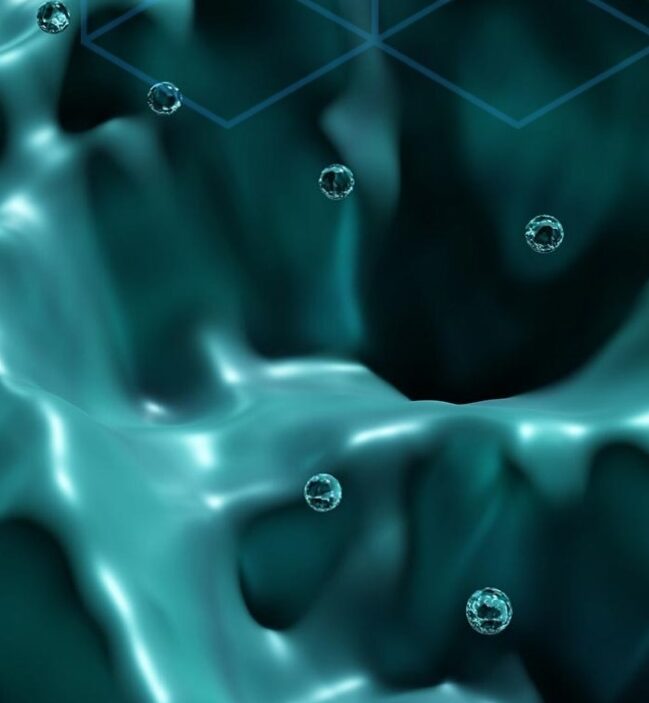
Catalyst Innovations
Emerging Catalyst Technologies
Innovations in PEM Electrolyzers
Non-precious Metal Catalysts
Utilizing abundant materials like nickel and iron instead of expensive noble metals, reducing cost and enhancing accessibility.
Bimetallic and Alloy Catalysts
Combining two or more metals to leverage synergistic effects that enhance catalytic activity and stability.
Enzyme-inspired Catalysts
Mimicking natural enzymatic processes to achieve higher efficiency and selectivity in chemical reactions.
Potential Impact
These emerging technologies could revolutionize catalyst design, significantly lowering production costs and paving the way for more sustainable energy solutions.
PEM Trends
Future Perspectives and Trends in PEM Electrolyzer Materials
Key Trends Shaping the Future
Sustainability
Increasing focus on environmentally friendly materials and processes to reduce ecological impact.
Cost Reduction
Ongoing efforts to lower material and production costs to enhance economic viability.
Performance Optimization
Continuous improvement in efficiency and durability of PEM electrolyzer materials.
Integration with Renewable Energy
Enhancing compatibility with intermittent renewable energy sources for better energy management
Material Selection
Balanced Perspectives on Material Selection
Key Considerations in Choosing Materials
1. Cost vs. Performance
Balancing affordability with high efficiency is crucial for successful material selection in PEM electrolyzers, as it directly impacts production costs and performance outcomes.
2. Durability vs. Scalability
Ensuring a long lifespan of materials is essential, yet it must not hinder the ability for mass production. Finding this balance is vital for the scalability of electrolyzer technology.
3. Innovation vs. Proven Technologies
The choice between adopting cutting-edge materials and relying on established solutions poses a strategic dilemma. It’s important to evaluate the potential benefits and risks associated with each option.
4. Complexity of Material Selection
The material selection process is multifaceted, requiring in-depth analysis of various factors to ensure sustainable hydrogen production while meeting industry demands.
Importance of Material Development
Developing and optimizing key materials for PEM electrolyzers is crucial for advancing hydrogen
Diverse Material Landscape
The current landscape includes a variety of materials, each presenting unique advantages and challenges that must be navigated to enhance
Need for Ongoing Research
Continuous research and innovation are essential to overcome existing limitations in materials

Explore Hydrogen Production Advancements
Join us in exploring the cutting-edge advancements and material innovations that are shaping the future of hydrogen production through PEM technology.


